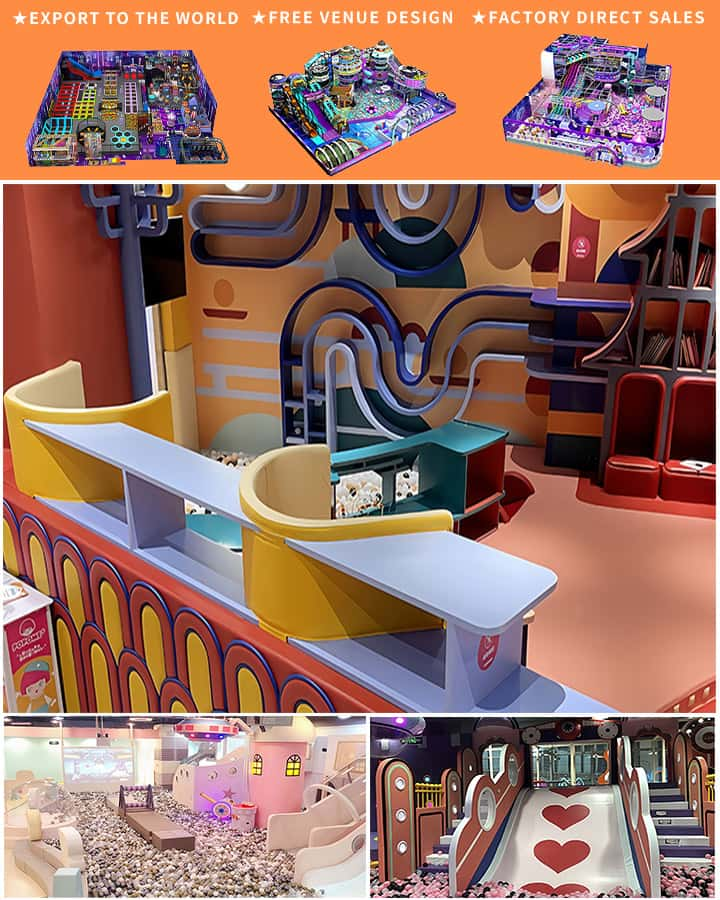In recent years, there has been a significant shift in the way Canadian communities and families approach children’s play. With increasing awareness about environmental sustainability and the benefits of unstructured play, natural playground equipment is gaining immense popularity across the country. This movement towards nature-integrated play areas signifies more than just a trend; it reflects a deeper understanding of child development and the importance of connecting with nature from an early age.
Understanding Natural Playground Equipment
Natural playground equipment refers to outdoor play structures that are made from natural materials or incorporate elements of nature into their design. Unlike traditional playgrounds made mostly of metal, plastic, and asphalt, natural play areas utilize resources such as wood, stone, water, and plants to create an engaging and dynamic environment for children. These spaces often feature elements like logs, boulders, sand pits, water features, and living green walls, which not only serve as play components but also stimulate imaginative and physical play.
Benefits for Child Development
Physical Health
Playing on natural playground equipment encourages children to engage in physical activities that enhance their motor skills, balance, and coordination. Activities like climbing over rocks, balancing on logs, and traversing through obstacle courses promote strength, agility, and overall fitness. Moreover, the varied textures and resistance offered by natural surfaces work different muscle groups compared to conventional smooth playground materials.

Cognitive and Creative Growth
Natural playgrounds offer endless opportunities for children to explore and learn. By interacting with diverse natural elements, kids can develop problem-solving skills, creativity, and critical thinking. For instance, they might use sticks to draw shapes in the sand or build makeshift shelters using branches and leaves. These open-ended activities foster imagination and innovation in ways that predefined, manufactured toys cannot.
Environmental Stewardship
Experiencing nature firsthand instills a sense of appreciation and respect for the environment in children. Natural playgrounds provide a perfect setting for teaching kids about ecosystems, plant life, insects, and the importance of conservation. By regularly engaging with these spaces, children are more likely to grow up with a mindset geared towards environmental stewardship and sustainability.
Implementing Natural Playgrounds in Canada
Canada, with its vast landscapes and diverse ecosystems, has the unique opportunity to integrate natural playground equipment into both urban and rural settings. Many municipalities and schools are already embracing this concept, collaborating with landscape architects and environmentalists to design inclusive and sustainable play areas. Grants and funding opportunities from federal and provincial governments further support the development of these innovative playgrounds.
Case Studies: Successful Natural Playgrounds
Vancouver’s Hastings Park Playground
Hastings Park in Vancouver boasts a beautifully designed natural playground that has become a local favorite. Featuring a massive treehouse, rope bridges, and water play areas, it seamlessly blends with the surrounding forested environment. The park has seen increased community engagement and positive feedback from parents who appreciate the holistic benefits it offers to their children.
Toronto’s Humber Valley Village Parklet
This urban oasis in North Toronto incorporates natural materials like reclaimed wood and boulders into its play area design. The parklet serves as a model for how small spaces can be transformed into rich, multi-sensory experiences. It includes a living wall, sensory garden, and interactive water features that attract children of various ages and abilities.
Challenges and Considerations
While the benefits of natural playground equipment are numerous, there are challenges to consider. Maintenance can be more demanding due to exposure to weather elements and organic wear and tear. There is also a need for careful planning to ensure safety standards are met without compromising the natural aesthetic. Engaging local communities in the design process can help address these concerns while fostering a sense of ownership and pride.
Conclusion
The rise of natural playground equipment in Canada is a testament to the growing recognition of the intrinsic value of nature in childhood development. By providing safe, stimulating, and eco-friendly play environments, these spaces offer children the chance to thrive physically, cognitively, and emotionally. As more communities invest in natural playgrounds, they pave the way for a future generation that is healthier, more creative, and deeply connected to the natural world.




